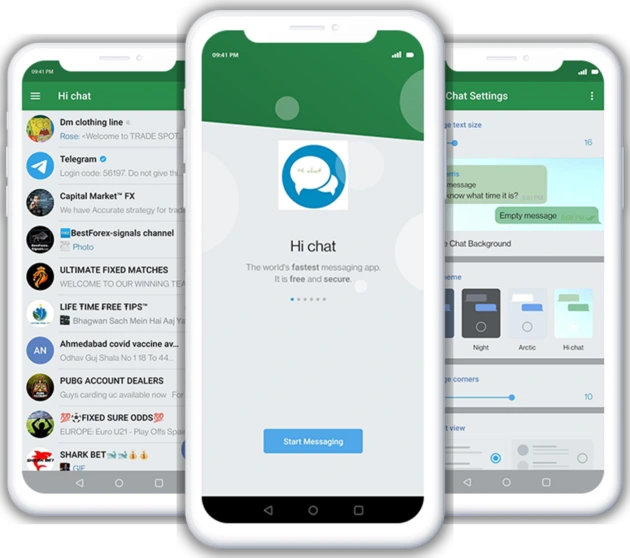On-Demand Viber Clone App Development
Mobile Apps have revolutionized the world. An app similar to Viber, chat application, which is making its space in the market and allowing friends to connect with its articulate free voice calls which reflect the quality as well as clarity of the application.
If you are also looking to hire best mobile app developers to create native Android and iOS Viber Clone App, we have an experienced mobile app developers team to customize and develop Viber Clone App. We reinvent internet-based chat/messaging apps for iOS and Android platform with use of advanced tools and technologies.
Our team follows agile app development process to build top chat/messaging app like Viber, allowing users best user experience to chat, message, call with just a few simple taps on the screen.
Why Viber Clone App?
Viber which is known for its killer encryption has over 400 million users in less than four year. Using Viber Clone App, users can easily connect with their loved-ones using free text messages, photo messages, video messages and share locations. Users can also make free HD-quality calls to other users over 3G/4G or WiFi connections.
As technology keeps transforming every day, the cloning of applications with addition of features has become very popular. It is really amazing to see the scope of Instant messaging App like Viber, WhatsApp or WeChat.
Have a question, how to make such chat apps? Book and Schedule your Free Consultation now.
Why Crest Infotech?
Crest Infotech offers customized and cost effective mobile application development for the Viber Clone App, and ensures a good ROI. These apps are brimming with new and advanced features that can be customized further on demand.
At Crest Infotech, we have developed many chat apps, call apps, messaging apps and others apps like Viber. Our expert Mobile App Developers are well aware with all features of chat, messaging and social apps which helps your business to get maximum ROI.
Crest Infotech has developers who have hands-on experience on developing Viber like social messaging apps. Some of the best apps that can be showcased are the recent apps that were developed. It includes Snapchat like auto destruction feature for the chats.
























